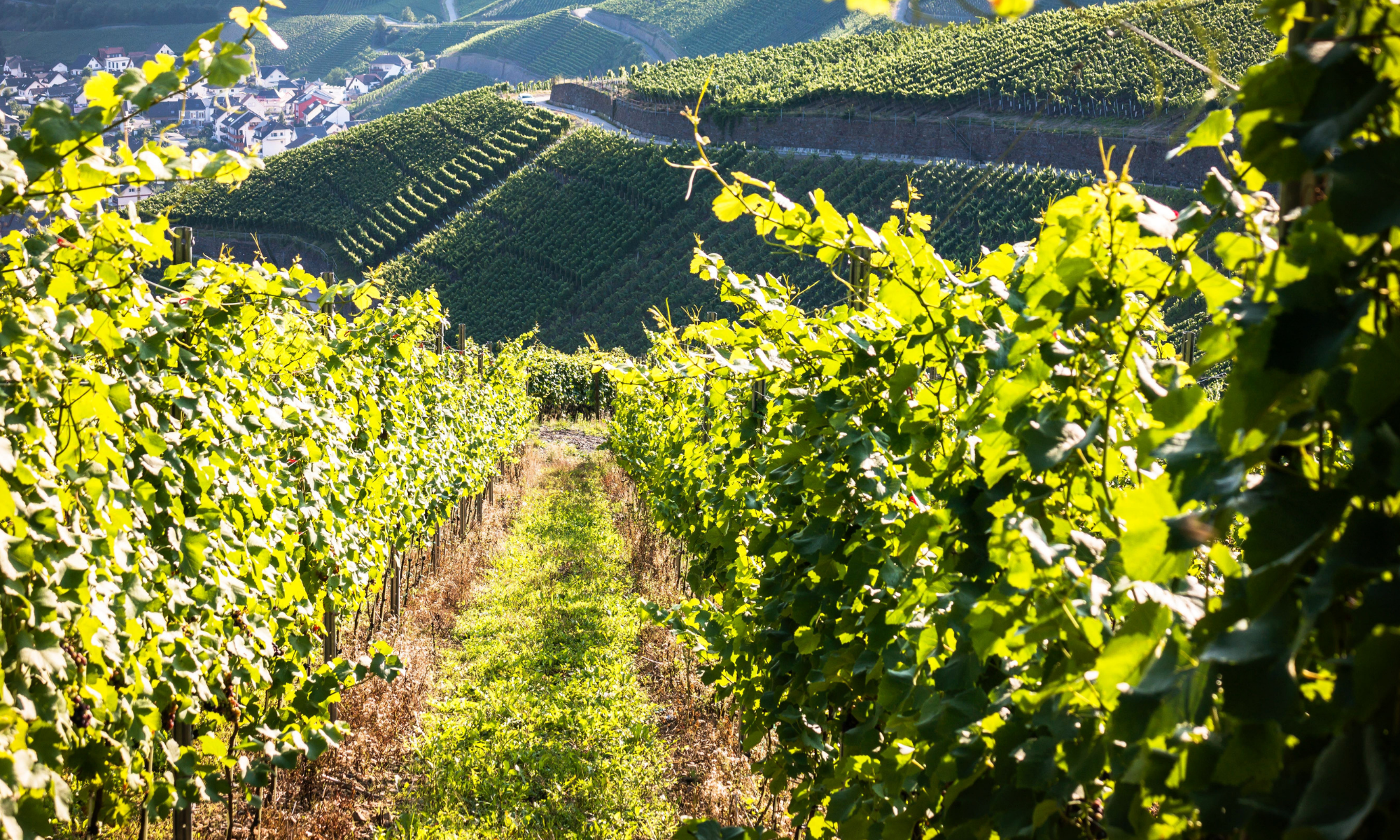Before I could read words, I “read” books by looking at pictures. My favorite book at the time was my dad’s geology textbook that had an entire section on fossils and dinosaurs. That could explain my love of children’s books about paleontology (the branch of science concerned with fossil animals and plants). So here’s a book about the lives of animals whose bones we find in stones…
 Charlotte’s Bones: The Beluga whale in a farmer’s field
Charlotte’s Bones: The Beluga whale in a farmer’s field
by Erin Rounds; illus. by Alison Carver
36 pages; ages 5-9
Tilbury House, 2018
Many thousands of years ago, when a sheet of ice more than a mile thick began to let go of the land… the Atlantic Ocean flooded great valleys…
Some of those glacier-scoured valleys were in Vermont. When they became part of the sea, Charlotte and her Beluga buddies swam into the bays. They hunted salmon and raised their young. But one day Charlotte got trapped in a marshy area and her pod could not rescue her.
What I like about this book: The wonderful way that Erin Rounds shows the process of decay and sedimentation that covered her. And how, thousands of years later, in 1849, railroad workers found Charlotte’s bones. A naturalist wanted to know more, so he pieced the bones together. Then he wondered, how did a whale get to a farmer’s field in Vermont?
I like the extensive back matter that helps to answer the naturalist’s questions. There is more information about other ice age mammals whose remains have been discovered in Vermont as well: Musk oxen, woolly mammoths, saber-toothed tigers.
Head over to Archimedes Notebook for another dino book review and some Beyond the Books activities.

It’s STEM Friday! (STEM is Science, Technology, Engineering, and Mathematics)
Copyright © 2019 Sue Heavenrich All Rights Reserved.

